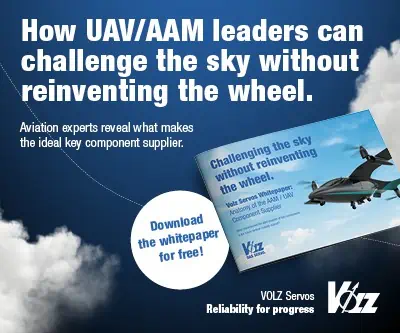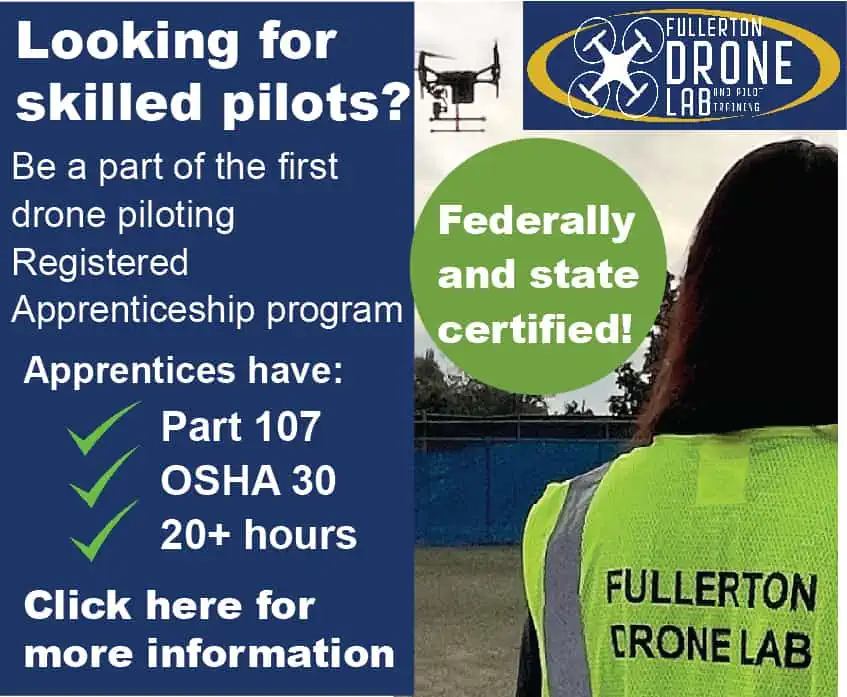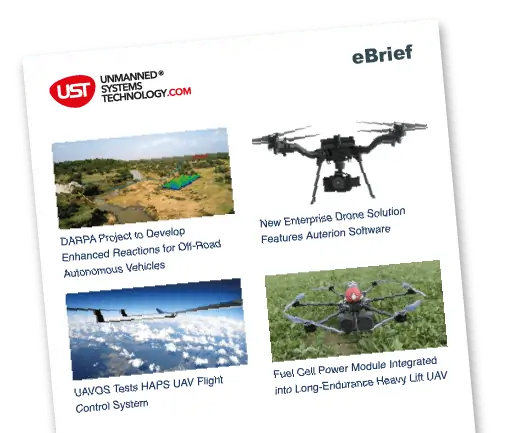The skies over rural northwest Volusia County could be getting busier in coming weeks, with a proposed county agreement with Embry-Riddle Aeronautical University to send unmanned aircraft on test runs over Lake George and the sparsely populated areas around it.
It’s an early step in Volusia’s effort to establish itself as a national proving ground for unmanned flights, which are increasing dramatically as new technology develops.
“The goal is to have this process in place so we can provide the infrastructure for a wide variety of testing applications as we go forward,” Volusia’s Director of Aviation and Economic Resources Rick Karl said Friday.
The agreement, which will come before the County Council for approval this week, would actually give Volusia the title to Embry-Riddle’s unmanned planes. The county would then go to the Federal Aviation Administration for a special Certificate of Authorization, which would allow routine unmanned flights.
Only public agencies like the county can apply for those broad certificates. A special FAA airworthiness certificate, designed for private parties like Embry-Riddle, would only apply to one aircraft at a time.
The university’s unmanned aerial systems research program has grown over several years as the technology has become more prevalent. What began as a simple elective course became a minor, then a full-fledged academic program at the school’s Daytona Beach campus.
“A bunch of us got together at the university and said looking ahead, this is probably where aviation is going to go in the next 50 years,” said Ted Beneigh, an Embry-Riddle professor who teaches unmanned systems courses.
The initial plane the school expects to send up is a 5-pound Styrofoam model with a 54-inch wingspan. It’s hand-launched, and a battery-powered electric motor allows it to fly for about 30 minutes at a time. It’s also autonomous, meaning it flies a predetermined pattern without any radio-controlled guidance from the ground.
The FAA is still in the process of picking six test sites across the country — part of a study on how to add unmanned aircraft into the airspace nationwide by 2015 — and Embry-Riddle is one of many institutions trying to make Florida one of those sites.
Federal agencies are already using unmanned aircraft to monitor parts of the U.S. border, the ports and other operations. In Florida, sheriff’s offices in Orange and Polk counties have FAA certificates of authorization to use the technology. So do the Miami-Dade Police Department and University of Florida.
Karl said the test runs in Volusia County won’t be happening near the airport or over populated areas, and won’t involve any surveillance tests – the kind of work that has raised concerns about privacy.


















